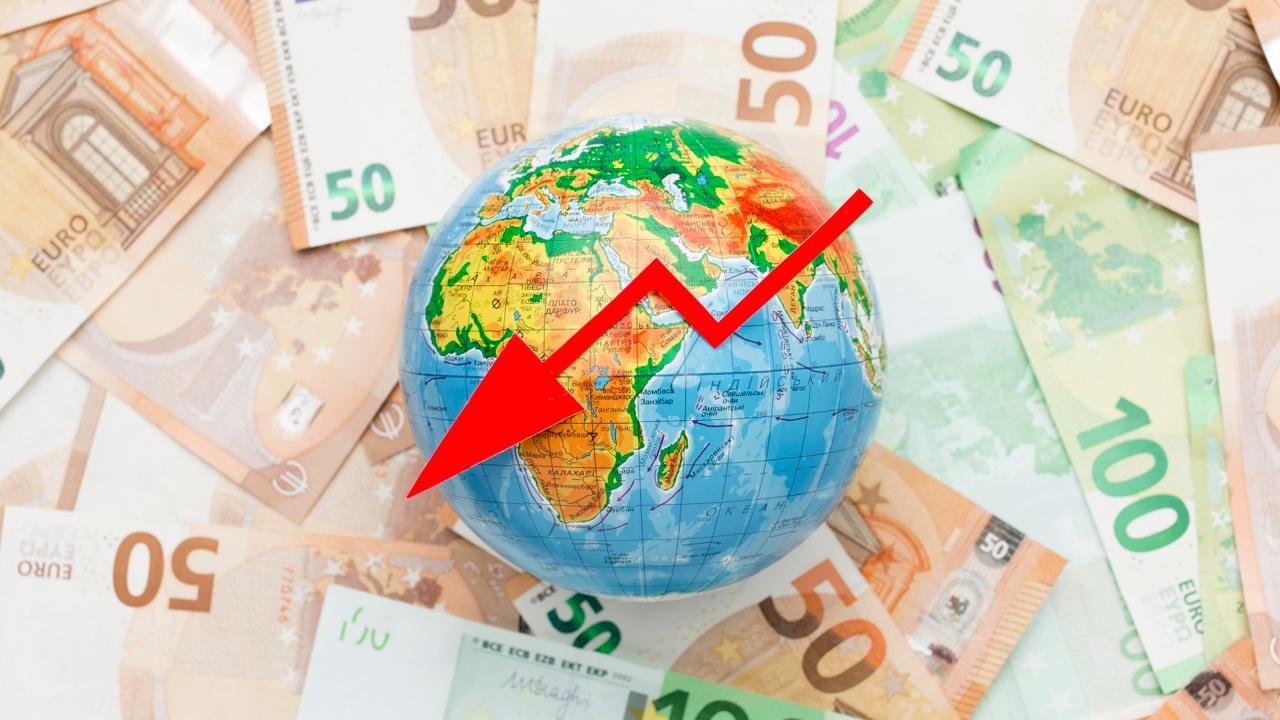After enduring three tumultuous years marked by pandemic-induced shutdowns, reopening endeavors, war, supply chain disruptions, and burgeoning inflation, European policymakers had anticipated 2023 to herald a return to a semblance of normalcy with decent growth rates and inflation below 2%. However, the reality unfolding across the old continent paints a significantly bleaker picture than initially envisioned.
Amidst the turmoil, the euro zone has displayed remarkable resilience, particularly in light of Russia's invasion of Ukraine and the resultant energy crisis. Despite initial concerns, the price of gas has actually decreased since the onset of the conflict, following a spike in prices the previous summer. Notably, governments managed to avert the feared necessity of energy rationing, partly due to unusually mild weather conditions. Moreover, headline inflation, which had soared to a staggering 10.6% in October, is now on a downward trajectory.
Nevertheless, despite these glimmers of hope, the European economic landscape remains fraught with challenges. Stubborn core inflation persists, exerting pressure on policymakers and consumers alike. Concurrently, high interest rates exacerbate the situation, further complicating efforts to stimulate economic growth. The net result is an economic environment characterized by feeble expansion and lingering uncertainty.
The prevailing energy crisis, triggered by geopolitical tensions and exacerbated by supply chain disruptions, continues to cast a shadow over Europe's economic prospects. While the recent dip in gas prices offers temporary relief, the underlying structural issues remain unresolved, posing ongoing risks to energy security and economic stability.
The war in Ukraine has added another layer of complexity to an already fragile economic situation. Beyond the immediate human cost and geopolitical ramifications, the conflict has unleashed ripple effects across global markets, disrupting trade flows and heightening uncertainty. The economic fallout is particularly acute in Europe, given its proximity to the epicenter of the crisis and its reliance on Russian energy imports.
Furthermore, the specter of inflation looms large, fueled by a combination of supply chain bottlenecks, rising commodity prices, and expansive fiscal policies. While headline inflation may have moderated in recent months, underlying inflationary pressures persist, eroding purchasing power and undermining consumer confidence.
In response to these challenges, European policymakers find themselves grappling with a delicate balancing act. Efforts to reignite economic growth must be tempered by the need to contain inflationary pressures and maintain financial stability. Yet, navigating this conundrum is no easy feat, as the levers of monetary and fiscal policy offer limited efficacy in the face of entrenched structural issues.
Looking ahead, the road to economic recovery for Europe appears fraught with obstacles and uncertainties. While the worst of the pandemic may be behind us, the legacy of recent crises continues to reverberate through the region's economies, casting a shadow over prospects for sustained growth and stability. Ultimately, the path forward will require concerted efforts to address underlying vulnerabilities, foster resilience, and rebuild trust in the resilience of Europe's economic foundation.

